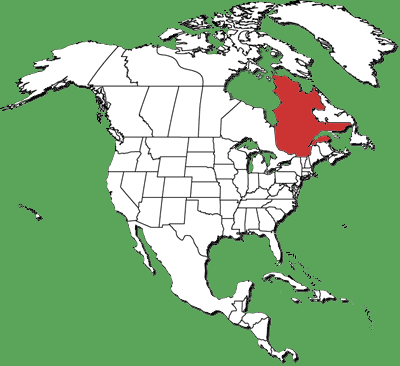
Circle the area on this map

A. Montreal is the largest city in Quebec, and the provincial capital is Quebec City. Toronto, Ontario, is Canada’s largest city. Ottawa in Ontario is Canada’s capital. Montreal police officials said they were tracking the journalist to find a police officer who was leaking information. The journalist accused the officials of trying to intimidate sources.
B. Quebec is the largest province by area and second most populous after its western neighbor Ontario. Nunavut on Quebec’s northern border covers the largest area of Canada, but it is a territory instead of a province and it also is the least populated area of Canada. Quebec’s government said it would make it harder for police to obtain a warrant to track journalists' calls, or listen in on their conversations.
C. Reporters Without Borders is an international non-profit, non-governmental organization dedicated to freedom of the press. It’s head office is in Paris, France. In the 17th Century, French traders established the first European settlements in Quebec to buy furs from native Americans. The British seized the territory in the French and Indian War, 1754-1763.
D. The province extended west to the Mississippi River and south to the Ohio River. The area includes what is now, Michigan, Ohio, Indiana, Illinois, Wisconsin and part of Minnesota. Britain ceded that area southwest of the Great Lakes to the new United States in the 1783 peace treaty that ended the Revolutionary War.